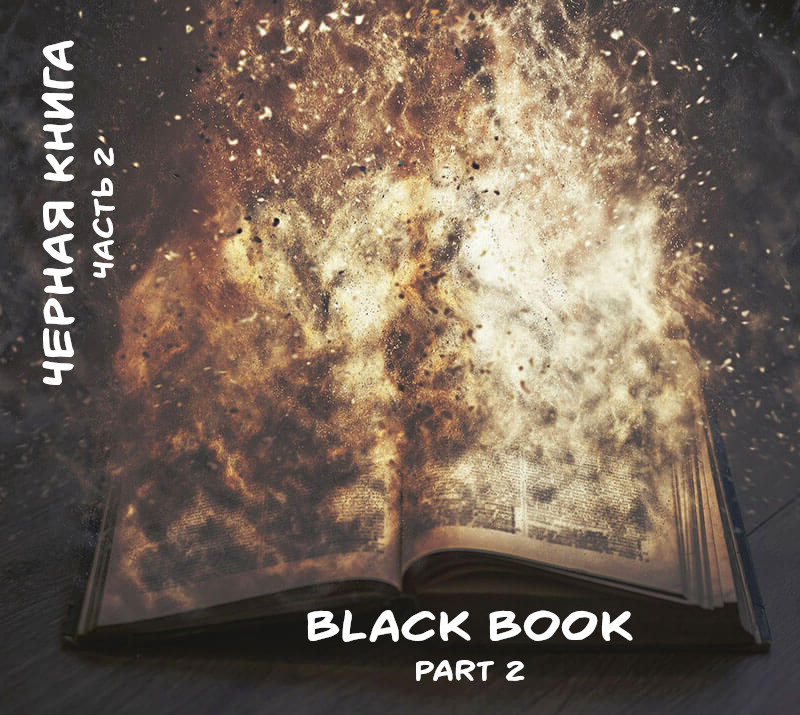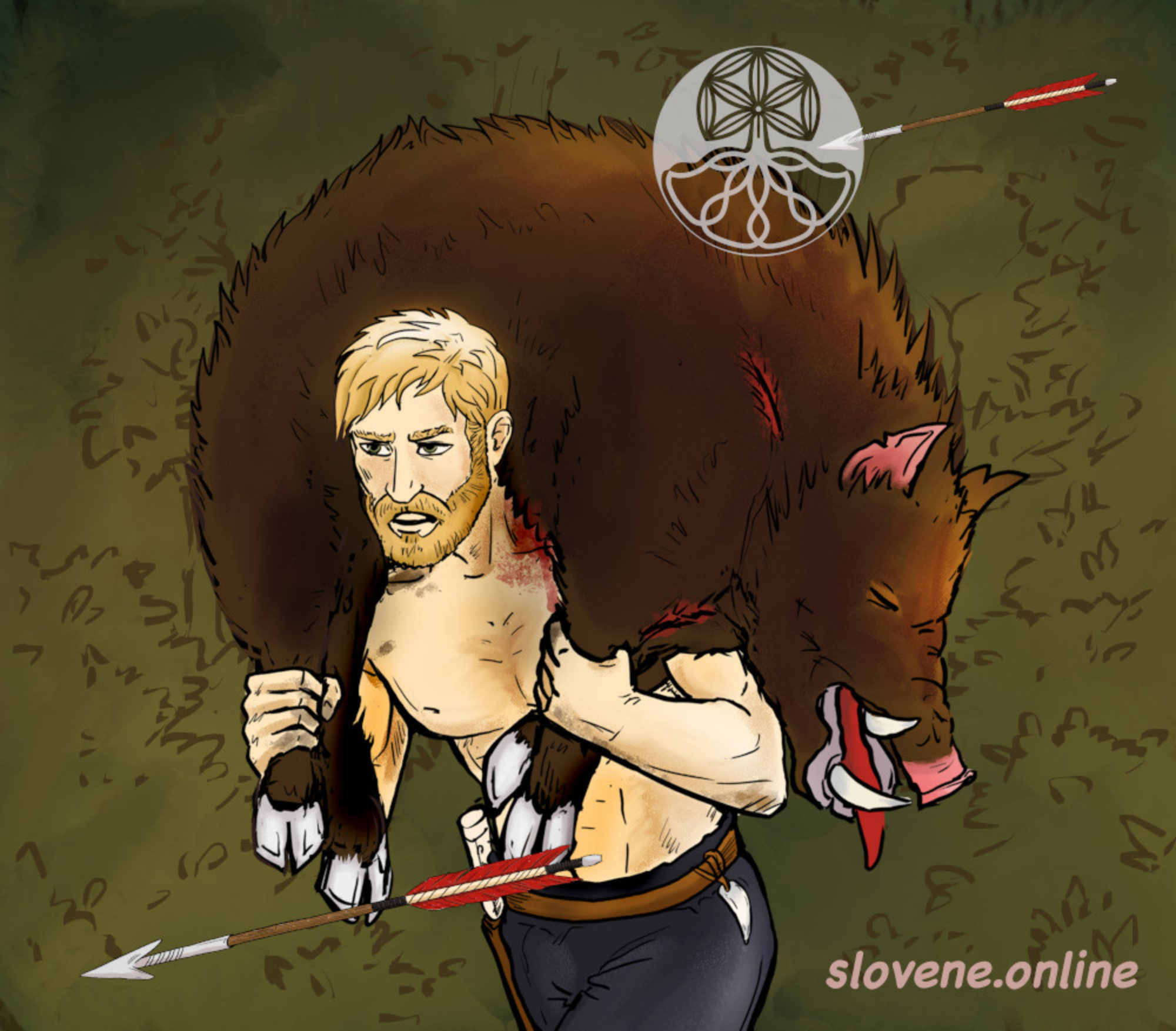The ancient Slavs endowed the stone with a natural hole with the symbolism of belonging to the “other world” and used it not only as a “Chicken God” (see our previous post). Russians, for example, hung it at the head of the bed to prevent nightmares, and the Slovenes wore it around the neck as an amulet against a vampire.
ꏍ
Serbs called such a stone “шупљи камен”, Slovenes – “votel kamen”. They used it to heal and protect people and livestock from Veshtitsa and Mora. In the Banat region, a cow was milked through it to prevent Veshtitsa from “stealing the milk”. In case of breast illness, a nursing mother pumped milk through this stone. Croats treated fever by water poured through its hole. And people in Bosnia and Montenegro used such a stone to cure from urinary incontinence by urinating through it.
ꏍ
How would you use such a stone if found one?
ꏍ
More interesting facts can be found in: “Slavic Antiquities” – encyclopedic dictionary in 5 volumes by Institute for Slavic Studies of the Russian Academy of Sciences.
ꏍ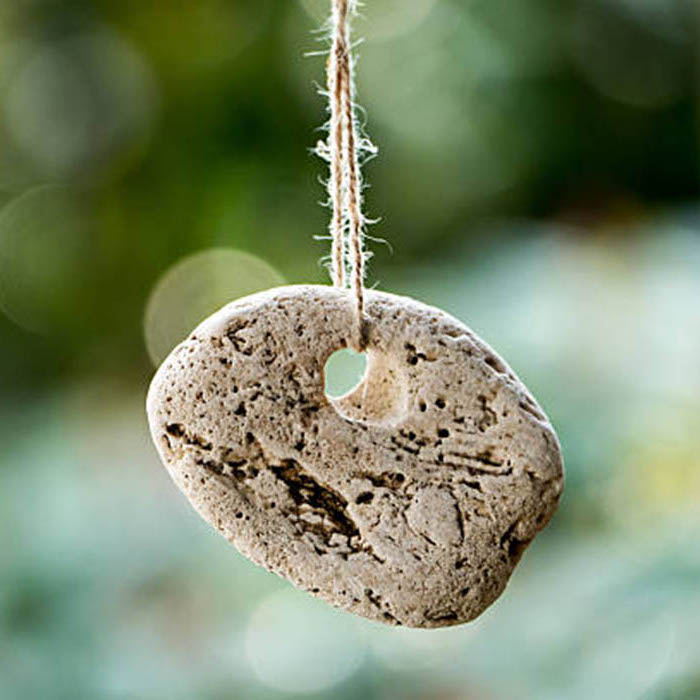
What is “Chicken God”?
“Chicken God” – this is how a small stone with a natural hole in it is called in Russia. People believed that it protected poultry and livestock from curses and evil spirits, stimulated their fertility, and kept them within their yard. Such a stone had to be unintentionally found in a field or on the road. Besides, as a “Chicken God”, Slavs could also use a clay potsherd with a hole, a neck from a broken jug, a pot put on a fence, a leaky bast shoe, a bear’s paw or an oven stone. In other words, old, broken and decayed items. The goal was to place “Chicken God” on a highly visible place, so that it immediately caught the eye – therefore, gaze of the visitor fell on it first, and did not linger on the chickens.
ꏍ
The Slavs believed that the “Chicken God” protected chickens from Kikimora, who plucked their feathers and pecked at their heads, as well as from Domovoy, who could hurt the unloved cattle. In the form of a pot, inverted upside-down on a fence, the “Chicken God” symbolically sheltered the chickens from danger. To ensure that Domovoy would not torment the cattle, Slavs hung the “Chicken God” in the barn with the words: “Here, grandfather, a God for you – pray to him, and don’t hurt our cattle.”
ꏍ
What other gods or patrons of animals do you know?
ꏍ
To be continued…
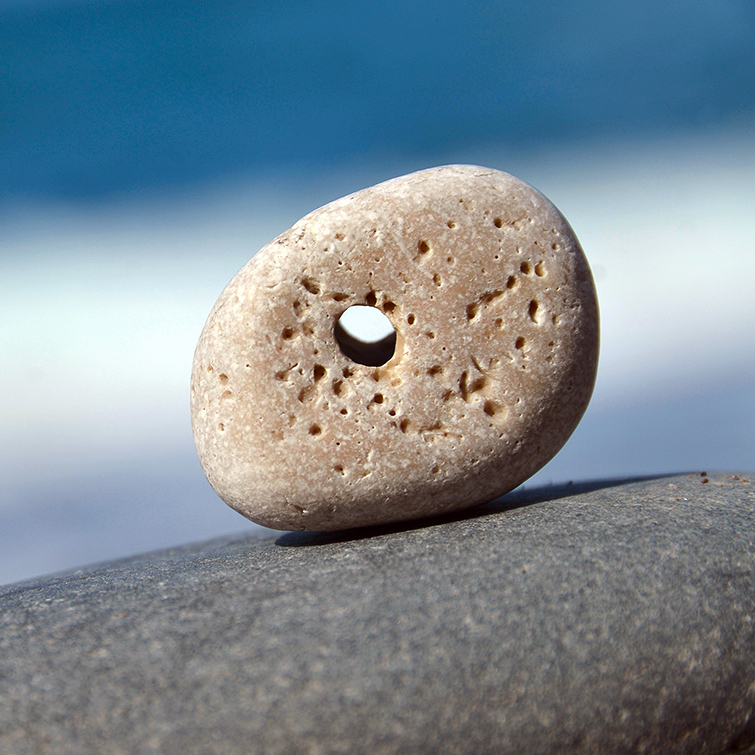
Warlock and flying serpent
The ancient Slavs believed that the warlocks knew how to control the elements of the nature. According to the beliefs of Slovenes, Croats, Slovaks and Carpathian Ukrainians, with the help of a special book, the warlock could summon a flying serpent, mount it and direct the clouds to where he wanted hail to fall on the ground.
ꏍ
In Hutsul legends, warlocks gather in the Carpathians on Chornogora mountain. There they read their magic books, turn water into hail, and send storms to fields and villages. They have an “ice-cold” flying serpent (smok) at their disposal. They keep pieces of his flesh under their tongues when they fly to hot regions where no one can live… But it was also believed that a warlock can not only send, but also turn away hail clouds. Warlocks were invited for Kolyada (winter solstice) dinner together with other sorcerers, “knowing people”, predatory animals, etc. to gain their support in protection of crops and households.
ꏍ
In addition to the Chornogora in the Carpathians, what places you know may also be suitable for the gatherings of warlocks? 😉
ꏍ
More interesting facts can be found in: “Slavic Antiquities” – encyclopedic dictionary in 5 volumes by Institute for Slavic Studies of the Russian Academy of Sciences.
Illustration: Daniel Clarke www.artstation.com/daniel_clarke
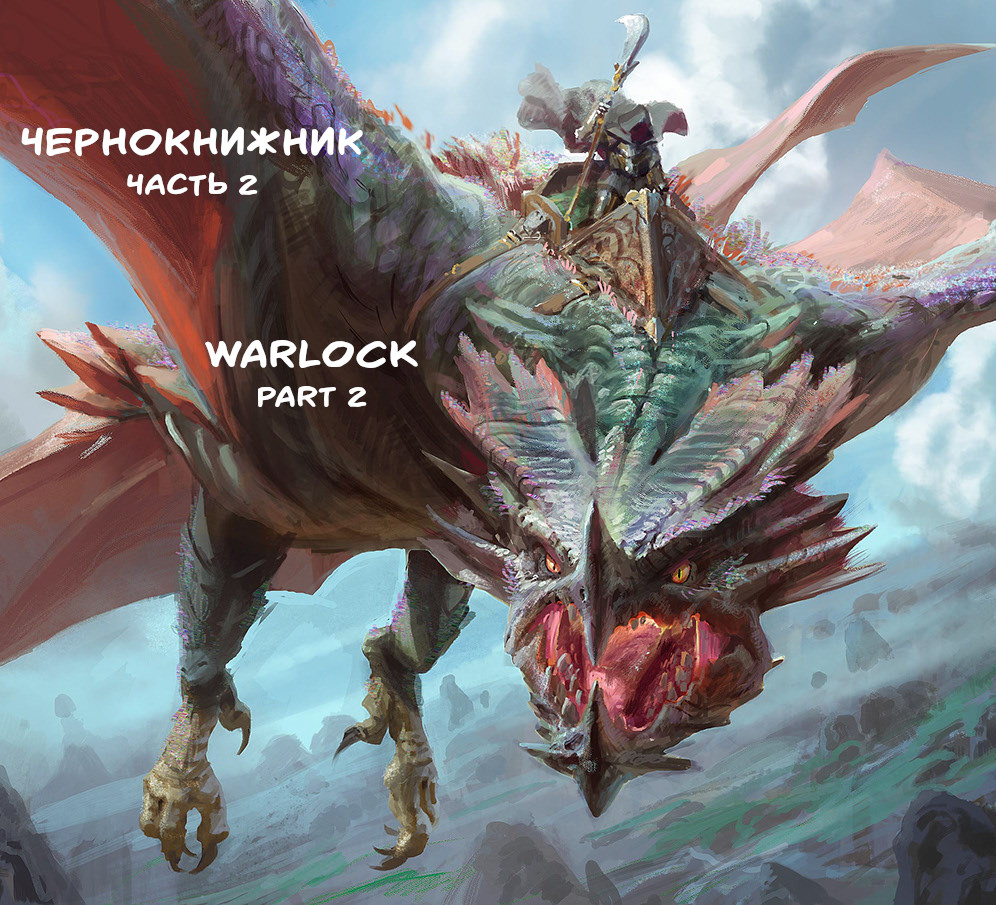
How to recognize a warlock?
How to recognize a warlock? The ancient Slavs used a name “warlock” for someone who acquired advanced knowledge and witchcraft skills through the study of “black magic” books. Russian, Ukrainian and Slovak legends describe the warlock appearance: long (below the waist) uncombed hair, uncut nails and black clothes. Slovaks thought that the warlock lives in a cave where he keeps his books. And from time to time, he turns his disciples into pigeons… North Russia Slavs believed that the warlock must be buried face down, otherwise he would turn into a walking dead. In a Slovak story, after the death of a witch, people threw her book into the oven, and a black crane flew out of the chimney…
ꏍ
Southern Slovaks believed that a warlock could come into the house and demand milk from a black cow or goat and eggs from a black hen. If he was refused or deceived, he could curse a housewife to illness by pulling a single hair from her. Also, as punishment, he could cast rabies decease on a cow or summon a thunderstorm with lightning to burn the sheaves. For those who welcomed him, the warlock helped to acquire wealth and saved sheaves from thunderstorms in the field.
ꏍ
What else could give away a warlock in a person, in your opinion? 😉
ꏍ
Illustration: NI Yipeng www.artstation.com/sawman
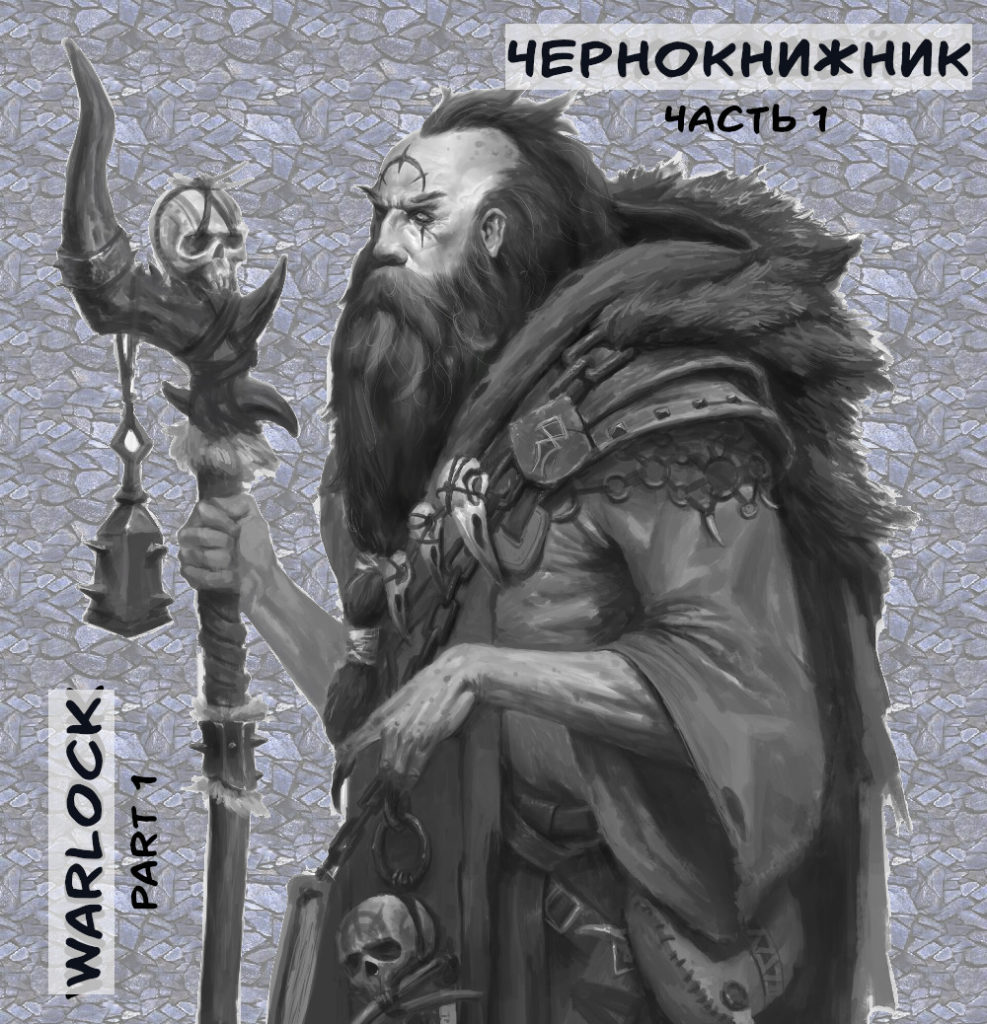
Where did the Black Book come from?
A Russian legend says that the Black Book was kept on the seabed, under the Alatyr stone, until one sorcerer got it out of there, and since then the book has been “travelling” around the world. And some believed that instead of letters, there were dots punched on the lines in this book. Russians, Belarusians and Ukrainians believed that the Black Book should only be rightfully inherited and must stay within a family.
ꏍ
In Polish beliefs, sorcerers and shepherds had a magic book written in an incomprehensible language and locked with iron locks (shepherds were considered the “knowing” people). Belarusians believed that a warlock receives a Black Book from evil spirits, signing for it with his own blood, and must fully memorize it. And for the right to possess it, he had to sacrifice someone close. Belarusians in Gomel region used to say: “What a sorcerer without a book?! No, it is just a witch doctor!”. Sorcerers also believed they can use it to find the fern flower.
ꏍ
Before dying, the warlock had to give the Black Book to someone, along with the demons he controlled with it. Otherwise, he will not know peace after death, and will return to his house with demands to give back his magic book.
ꏍ
What other legends about the Black Book do you know? Where did it come from? Where is it now?
